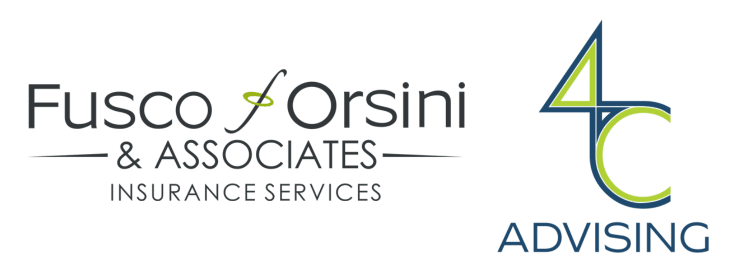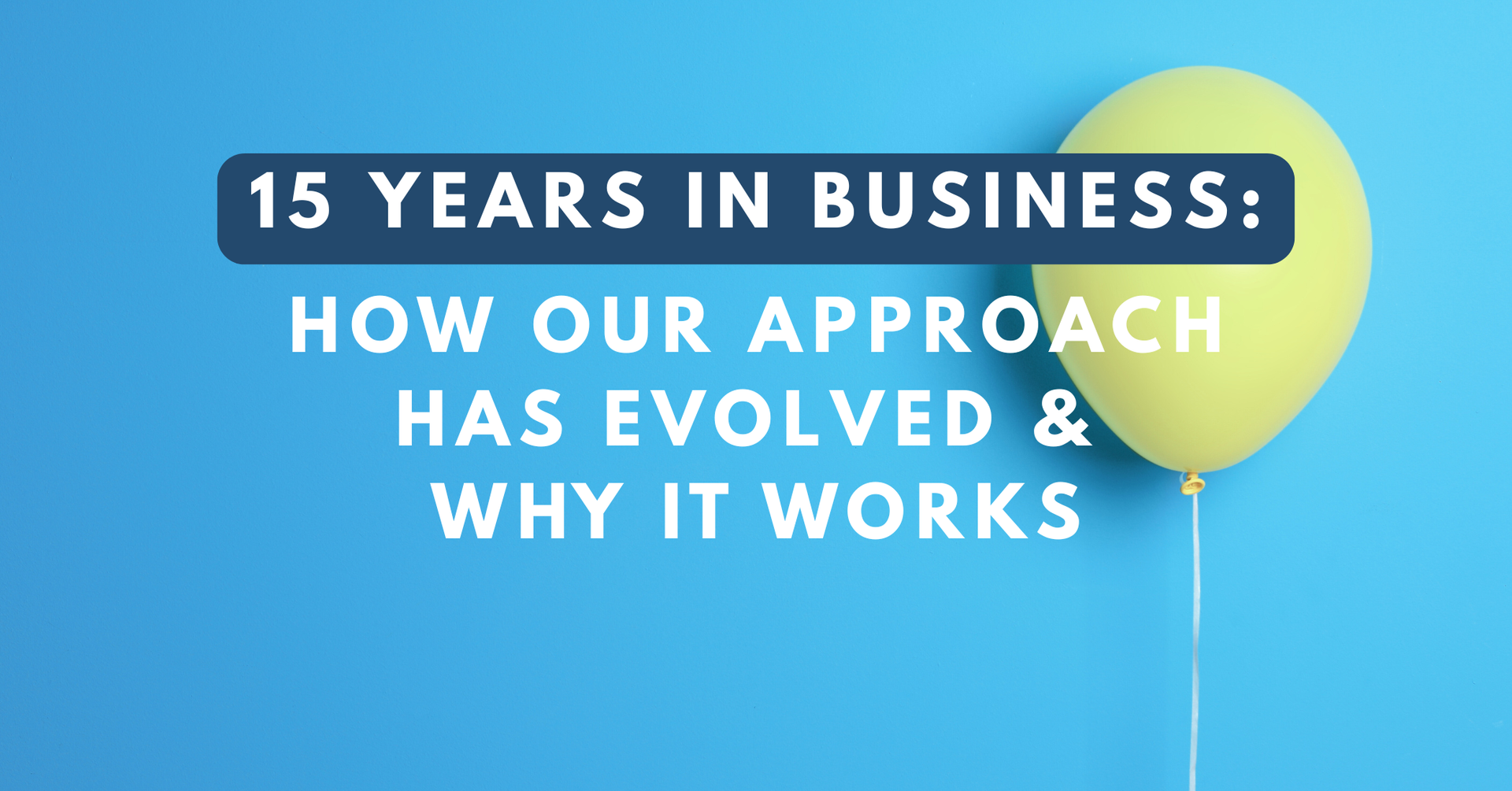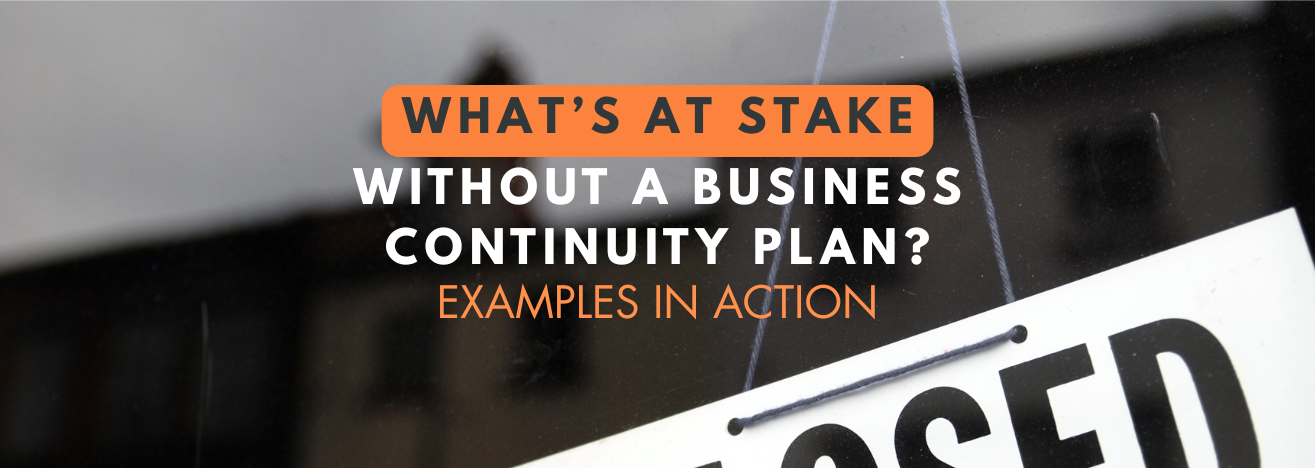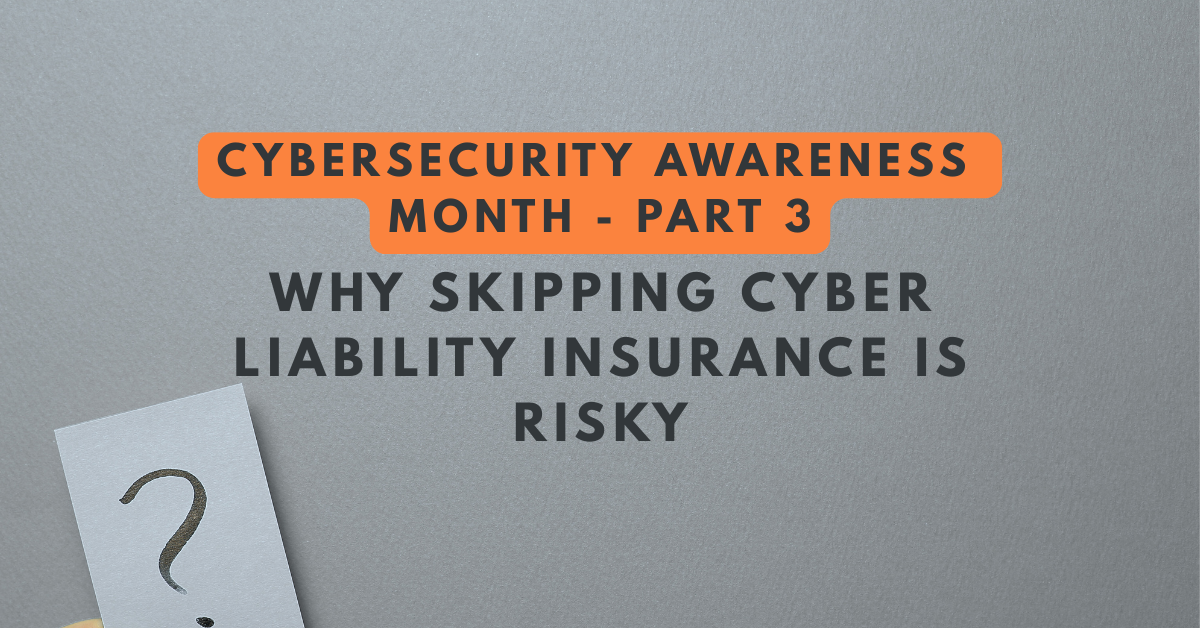Are car insurance premiums going up in 2025?
See How We're Different
or call us: (858) 384‑1506
Article at a glance:
- New car insurance minimums are in effect in California this year. The increase is to cover the person that you injure or the person that you cause damage to.
- About 17% of U.S. auto insurance customers participate in usage-based insurance programs. Know what they are and how they differ from traditional auto insurance.
- There are four key questions to ask when obtaining coverage.
- Paying attention to your driving performance (speed, mileage, acceleration, etc.) can mean reduced premiums.
- AI is scanning more data, such as prior claims, purchase history and social media, to predict future behavior.
Are car insurance premiums going up in 2025?
As we enter a new year, it’s safe to say that most of us want to maximize our dollars, crush our goals, and lead healthy, happy lives. Two-thousand-twenty-five may be the year you watch your teenager-who-was-in-kindergarten-five-minutes-ago get their driver’s license, or the year you buy the coveted carbon black metallic BMW X5 on your vision board, or the year you finally grow your team and send them out on U.S. Route 101 to do good and close deals. We see you hitting your goals – yes!
Running alongside these dreams and milestones are lots of important decisions. And often, less-than-fun ones like choosing how you will pay for, protect, and sustain what you hold close.
That’s where solid insurance guidance comes in. To us, solid guidance means your insurance broker or agent has educated you on what your policy covers – how the price/plan was determined – and, more importantly, how you can make the most of it.
What questions should I ask my auto insurance provider?
Traditional auto insurance is determined based on driving records, your credit score, vehicle types, where you live, etc. You’ve probably experienced obtaining this type of coverage at least once. Data dictates the coverage, but there are some smart questions you can ask to make sure you have the most appropriate coverage. These include:
- Am I amply covered?
- What is not included in my policy that I should be aware of?
- Who is included in this coverage? This is especially important for work teams; for example, if your employee is using their own car for work-related activity like driving to client sites, are you required to insure them under a commercial auto policy? If you are self-employed, does your personal auto insurance cover your work vehicle? (We answer all your commercial auto insurance questions here).
- Will I get a discount if I let you track my driver performance?
On the topic of tracking performance, let’s move into our next auto insurance topic: usage-based insurance.
What is usage-based car insurance?
While traditional auto insurance is commonplace, usage-based insurance is on the rise. According to a J.D. Power study, 17% of auto insurance customers in the United States participate in usage-based insurance (UBI) programs. This is more than double the percentage of customers who participated in 2016. (Clark.com).
Telematics powers “usage-based insurance” technology that can track driver behavior like speed, braking and mileage “allowing insurers to tailor premiums to individual driving habits,” says USI.
If you are a personal insurance carrier, you can request a UBI app – or UBI tracking device plugged into your vehicle – from your insurer. Note: not all insurers provide these.
The benefit of being tracked is that good driver behavior can mean a lower premium for you. “For example, if you mainly drive short distances at slower speeds, you will probably be charged less than a driver who drives long distances at high speeds,” shared NAIC. NAIC lists another benefit: “Real-time tracking may accelerate the response time if you’re in an accident.”
The downsides are privacy concerns, the novelty of user-based insurance, and of course, the fact that poor driver performance (like speeding) could increase your premium.
As of now, usage-based tracking is optional, but on the rise. Outside of personal insurance, your employer may utilize telematics to assess the performance of its fleets, with goals of improving performance and efficiency.
What does usage-based insurance mean for me?
Whether you like the idea of usage-based insurance, or it makes you grimace and you want to stick to traditional insurance, there are a few ground rules you can establish for yourself, your teen and/or your team when it comes to automobile use.
- Pay attention to your own driving performance. You can often search for driver-performance stats like MPG averages or miles per trip on your electronic dashboard. Try to also be mindful of braking hard, acceleration, and speeding.
- Don’t get distracted. We can’t stress this enough. Don’t be a distracted driver. Input your destination into your map ahead of time, don’t check social media, don’t text and drive, don’t put on your makeup or fix your hair…the list goes on. According to the NHTSA, 8% of fatal crashes in 2022 involved distracted drivers. Research suggests that younger drivers, especially those in their teens and early twenties, are more likely to be distracted while driving, so don’t forget to emphasize distraction-free driving with your teen.
Is AI going to change my auto insurance premium?
As shared by Dustyne Bryant in Forbes, AI will play a role in shaping auto insurance premiums in 2025. “Technology can scan through large data to find prior claims, social media evidence, purchase history and more to predict future behavior at a much faster rate than any human underwriter can.”
Unlike user-based insurance which requires you to opt in, AI is something that can impact everyone purchasing insurance.
What else is changing for auto insurance in 2025?
Well, we have an unpopular opinion here: an increase in car insurance premiums are overdue. Let us explain.
New car insurance minimums are in effect in California this year. In fact, this is the first time statewide minimums have been increased for bodily injury liability and property damage in more than 50 years, according to a San Diego news report.
“This isn’t covering you, the policy holder, it’s covering the person that you injure or the person that you cause damage to — the vehicle or the property — if you’re at fault in an accident,” our CEO Mike Fusco explained in the news report.
While you may experience an increase in premiums, you’re getting an increase in coverage. You should “think about it as asset protection,” adds Fusco.
What do all of these changes mean for me?
While the auto insurance industry continues to change, our advice remains the same: have your insurance broker or agent educate you on what your policy covers – how the price/plan was determined – and more importantly, how you can make the most of it. Continue practicing good driving behaviors (whether they are tracked or not) because it’s the right thing to do.
In 2025, we hope you get the dream car, establish good ground rules with your new teen driver, and empower and protect your team on the road.
We know navigating auto insurance policies and especially commercial auto policies can be less than fun. We also know you’ve got dreams to accomplish and milestones to hit this year. That’s the very reason we’re ready to provide you with the solid guidance you need.
Reach out by completing this super brief form, and we’ll get in touch very soon!







